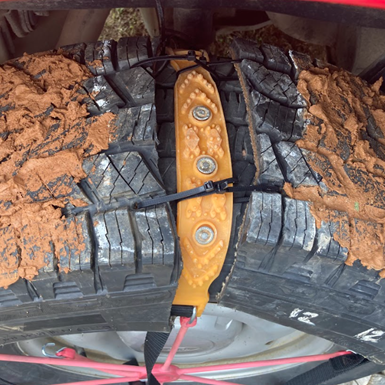The dramatic rise in
the population of North Carolina over the past several decades has led to an
increased need for infrastructure such as roads. This research addresses two
distinct issues that emerge during road construction.
First, we investigated the
management and disposal of concrete grinding wastes generated during road
construction and renovation. De-watered concrete grinding waste, referred to as
diamond grinding slurry (DGS), has an alkaline pH, which makes disposal
challenging. DGS settling in a sediment basin could be improved using
polyacrylamide (PAM), following practices similar to those typically used to
reduce sediment loads and turbidity.
DGS from three road grinding projects were
tested. In all three cases, PAM reduced the supernatant turbidity, decreased
the volume of settled solids, or both. To expand DGS disposal options, we
investigated using DGS solids as a lime replacement during revegetation. Sandy
loam and clay loam soils amended with DGS rates up to 260 Mg ha-1
did not increase the electrical conductivity (EC) value above the salinity
threshold of 4 dS/m. While not directly proportional to application rates,
increasing DGS rates did raise pH of both soils beyond the tolerance range for
some grasses used in roadside revegetation.
However, in a germination study, Bermuda grass, centipede grass,
Kentucky bluegrass, and rye grain had no significant changes in seed
germination rates with DGS rates up to 260 Mg ha-1. Overall, using
DGS solids as a soil amendment for vegetation establishment is a viable option,
and the limiting factor to the application rate is likely pH.

Tire
sections fastened to plastic tire chains via zip ties
The second
construction-related issue investigated was the efficacy of the traditional
stone exit and commercially available products for limiting sediment transport
onto adjacent roads by vehicles exiting the construction area (termed
“track-out”). Stone-lined exits are required as a part of sediment and erosion
control plans, but no specialized guidance exists to inform contractors how
soil properties may influence the effectiveness of this track-out prevention
measure.
Three track-out prevention methods approved by the North Carolina
Department of Transportation (NCDOT); the stone exit, FODS Trackout Control
Mat, and RubberForm Trackout Control Mat were tested using three soils: sandy
loam, silty clay, and sandy clay loam. Atterberg limits of the soils were
measured, and a mixing test was conducted to determine the water contents at
which the soils were stickiest.
The combination of these two tests allowed for
inferences regarding the predominant clay mineralogy and at which water
contents mud removal would be most difficult. Field testing determined the
amount of mud each device could remove from tires after four device contacts.
No single prevention method was most effective under all conditions, and
differences emerged in the mud removal efficiencies for individual devices
across the varying soil conditions when texture, mineralogy, and water content
changed. Mud removal ranged from 3-58% (stone exit), 13-49% (RubberForm
Trackout Control Mat, and 10-28% (FODS). When the number of contacts doubled to
eight, there were limited gains for improving mud removal. Soil properties of
texture, mineralogy, and water content impact the efficacy of track-out devices
and reinforces the need for guidance in the sediment and erosion control plan
based on site-specific soil conditions.
Overall, our results will help inform
the practices used for concrete highway management, and sediment and erosion
control on road construction in North Carolina.
